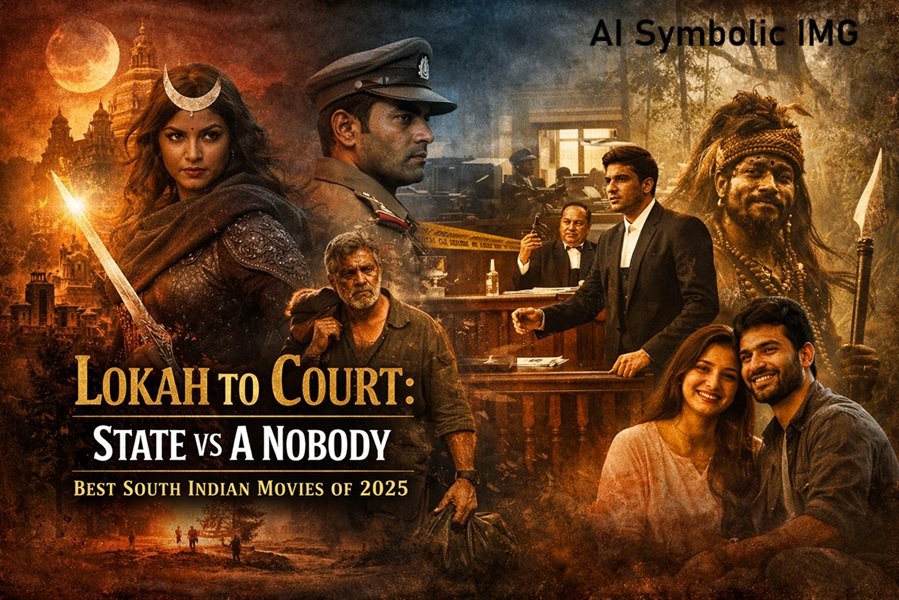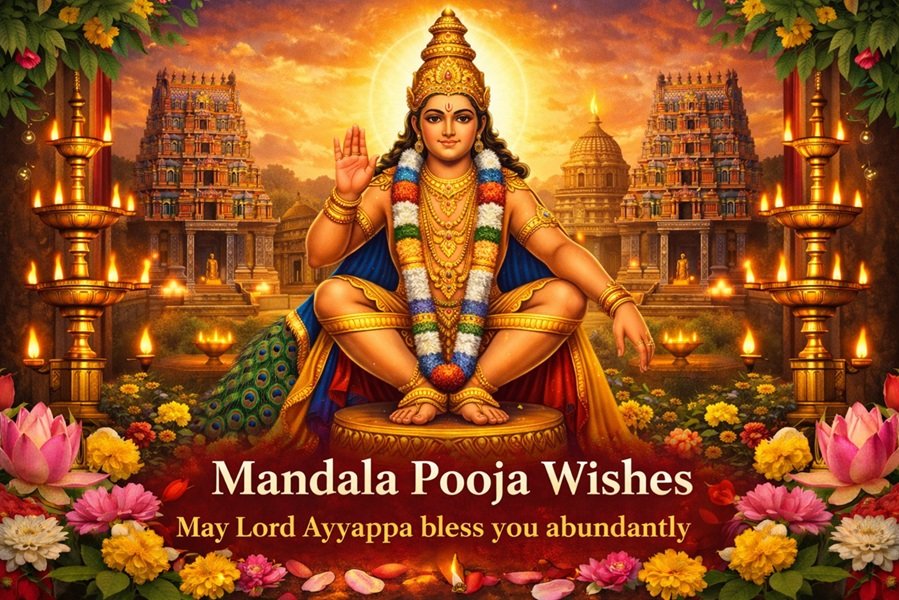
The Golaknath v. State of Punjab case, decided in 1967, stands as a pivotal moment in Indian constitutional jurisprudence. It marked a significant assertion of judicial authority, fundamentally redefining the balance of power between Parliament and the judiciary concerning constitutional amendments and fundamental rights.
Background of the Case
The dispute arose when the Punjab government enacted laws to redistribute agricultural land under the Punjab Security of Land Tenures Act, 1953. The Golaknath family, owners of extensive agricultural land, challenged these laws, arguing that they infringed upon their fundamental rights to property under Articles 19(1)(f) and 31 of the Indian Constitution.
The case’s broader context involved a series of constitutional amendments and legislative actions aimed at implementing land reform policies to address social and economic inequalities. Parliament had repeatedly used its amending power under Article 368 to protect such laws from judicial review by placing them in the Ninth Schedule, effectively immunizing them from fundamental rights challenges.
Issues Before the Court
The primary question before the Supreme Court was:
- Does Parliament have the unlimited power to amend the Constitution, including the fundamental rights guaranteed under Part III?
This issue necessitated a reinterpretation of the scope and meaning of Article 368, which governs the amending power of Parliament.
Composition of the Bench
The case was heard by an 11-judge Constitution Bench, the largest at the time. Chief Justice K. Subba Rao led the bench, which included Justices J.C. Shah, S.M. Sikri, K.N. Wanchoo, and others.
The Verdict
In a narrow 6:5 majority decision, the Supreme Court ruled that Parliament does not have the power to amend Part III of the Constitution to take away or abridge fundamental rights. The key holdings were:
- Supremacy of Fundamental Rights: The Court held that fundamental rights are “transcendental” and beyond the reach of Parliament’s amending power.
- Prospective Application: To avoid nullifying earlier constitutional amendments, the Court applied its ruling prospectively, meaning it would only affect amendments made after the judgment.
- Limited Amending Power: The Court interpreted Article 368 as a procedural provision rather than a source of unlimited power, asserting that fundamental rights were sacrosanct.
Implications of the Judgment
- Judicial Supremacy: The decision marked a significant assertion of judicial authority, emphasizing the judiciary’s role as the guardian of fundamental rights.
- Restricting Parliamentary Power: The ruling curtailed Parliament’s ability to amend the Constitution for implementing progressive socio-economic reforms, leading to tensions between the legislature and the judiciary.
- Political Repercussions: The verdict was seen as a major setback for the government, as it impeded land reform policies and other measures aimed at addressing social inequalities.
Criticism and Controversy
The Golaknath judgment attracted criticism for:
- Judicial Overreach: Critics argued that the Court overstepped its authority by limiting Parliament’s amending power, disrupting the balance between the three branches of government.
- Impediment to Reforms: The ruling was perceived as a barrier to implementing necessary socio-economic changes, particularly land redistribution.
Subsequent Developments
- 24th Constitutional Amendment (1971): In response to the Golaknath verdict, Parliament amended Article 368 to explicitly grant itself the power to amend any part of the Constitution, including fundamental rights.
- Kesavananda Bharati Case (1973): The Supreme Court revisited the issue in this landmark case, evolving the “basic structure doctrine,” which allowed Parliament to amend the Constitution but prohibited changes that alter its essential features.
Legacy of the Case
The Golaknath case remains a landmark in Indian constitutional law for its bold assertion of judicial independence and its emphasis on the sanctity of fundamental rights. While its restrictive interpretation of parliamentary power was later modified, the case underscored the judiciary’s critical role in preserving democratic values and protecting individual liberties.
Conclusion
The Golaknath case symbolizes a critical phase in India’s constitutional evolution, where the judiciary sought to establish checks on legislative power to protect fundamental rights. Its legacy continues to influence the dynamic interplay between Parliament and the judiciary, serving as a reminder of the importance of maintaining a delicate balance in a vibrant constitutional democracy.







